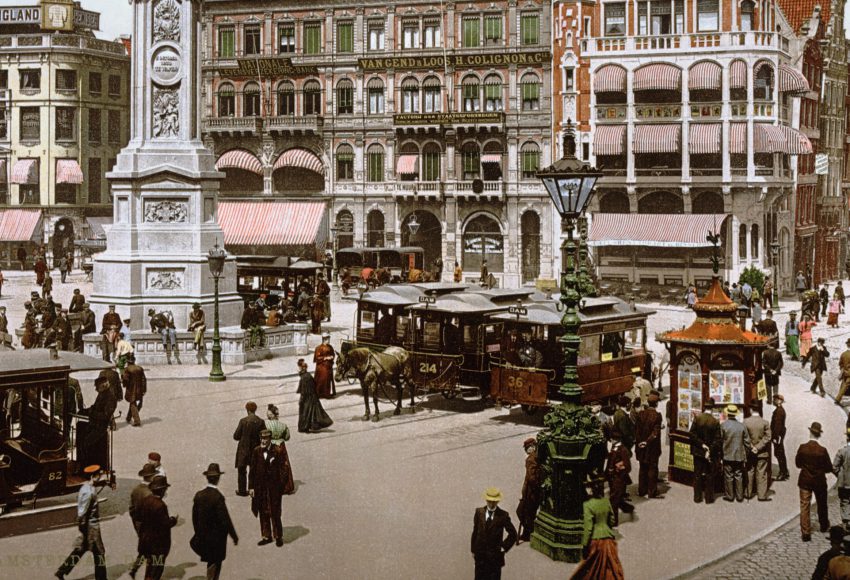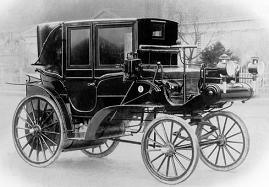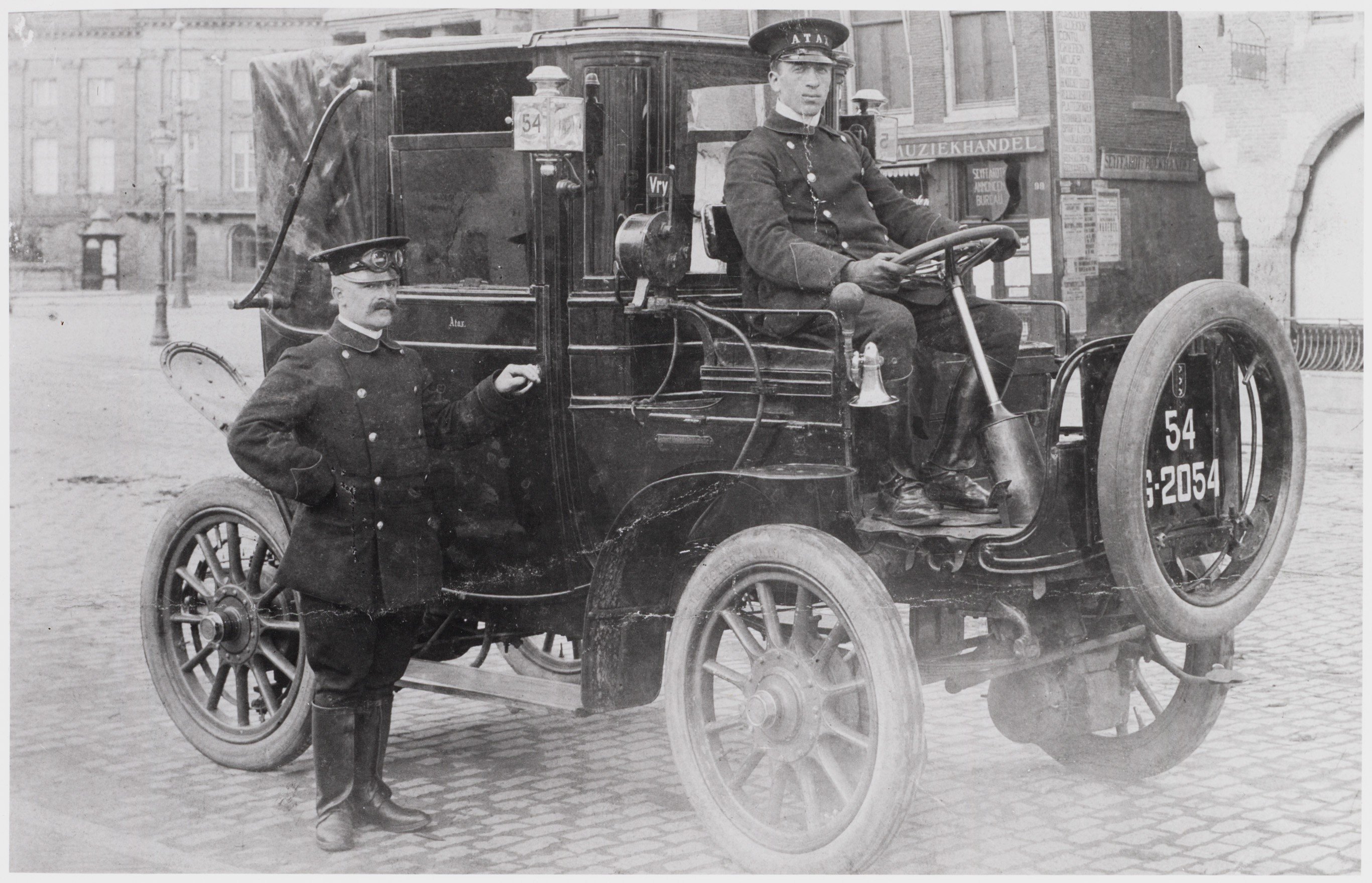
- 15 October 2019
Taxi: origin and history
According to Merriam-Webster, a taxi is ‘an automobile that carries passengers for a fare usually determined by the distance traveled’.
When you’re on holiday, the chances are that no matter where you are, people will understand you when you ask for a taxi. In almost every language, taxi means taxi.
The etymology of the word taxi
What is the origin of the internationally used word ‘taxi’? Ultimately, the word taxi originates from the ancient Greek word τάξις (taxis), which means ‘arrangement, order’.
Taxi is a shortening of the French term ‘taximètre’. Germans named this device ‘taxameter’. This word stems from the medieval Latin word taxa (taxation), which initially applied to rental cars. In the Netherlands, we use the German term taxameter. In the English language, however, taximeter is the correct word.
The word ‘taxi’ thus succeeds the word ‘taximeter’ and not the other way around. The taximeter in rental cars kept track of how much the vehicle had driven. Based on the traversed distance, the taximeter calculated the total rental price. So now you know: the taximeter predates the taxi!
The history of the taxi in New York
In our search for the origin of the word taxi, we end up in the United States. Harry Nathaniel Allen, from The New York Taxicab Company, borrowed the word taxicab (a combination of ‘taximeter’ and ‘cabriolet’) from London. He was the one who imported the first 600 New York City taxicabs from France in 1907.
After some research, Harry Allen found out that yellow was the most striking colour, so he made sure that these 600 taxis got a brilliant yellow colour. Even before this period (around 1899), the vast majority of taxis in New York were electric vehicles, built in Philadelphia.
History of the taxi in the Netherlands
Then there is the situation in the Netherlands. Any idea in which year the first taxi drove around Amsterdam? It was in 1905! In that year, the Amsterdamse Rijtuigen Maatschappij (ARM, roughly translated as Amsterdam Carriage Company) received the very first taxi license ever. Following this, they started the first taxi company: Amsterdamsche Taxameter Automobiel Maatschappij (ATAX, roughly translated as Amsterdam Taximeter Automobile Company).
The cars used by the ATAX were electrically powered vehicles with a spare wheel in between the front fenders. Taxi drivers were sitting in the open air ‘on the buck’. While the cars themselves were made in Hamburg, Germany, the batteries were fitted afterwards in the Netherlands.
Different types of taxis and transport
From our taxi trip down memory lane, we go back to the word ‘taxi’. In the Western world everyone will think of a taxi as a passenger car, or maybe a limousine or a passenger bus.
But what about:
- Bicycle taxis;
- Heli taxis;
- Water taxis;
- Motorcycle and scooter taxis;
- Transportation by horse and cart, the tuk-tuk and rickshaws (motorised or not)
Conclusion: worldwide every conceivable means of transport can be used to a greater or lesser extent as a taxi. What is the weirdest vehicle you have ever used as a taxi?
When you think of a taxi, the first thing that comes to mind is probably a so-called street taxi: a taxi that you hail on the streets or awaits you at a taxi rank.
Nowadays, however, many other forms of taxi transport are possible. For example, consider pre-booked taxi transport. Or various forms of transportation on contracts, such as subsidised taxi travel, school transport, or ride-sharing.
Staxi, a glimpse into the future
With an ever-increasing percentage of battery-powered taxicabs and well-educated drivers, we’re ready for tomorrow!
As the first Authorised Taxi Organisation in the Netherlands, we mainly focus on Amsterdam and Schiphol. Nonetheless, our work area is expanding further and further.
Try our online taxi fare calculator to find out the fixed rate for a taxi ride. Indeed, our service will surely satisfy you.






